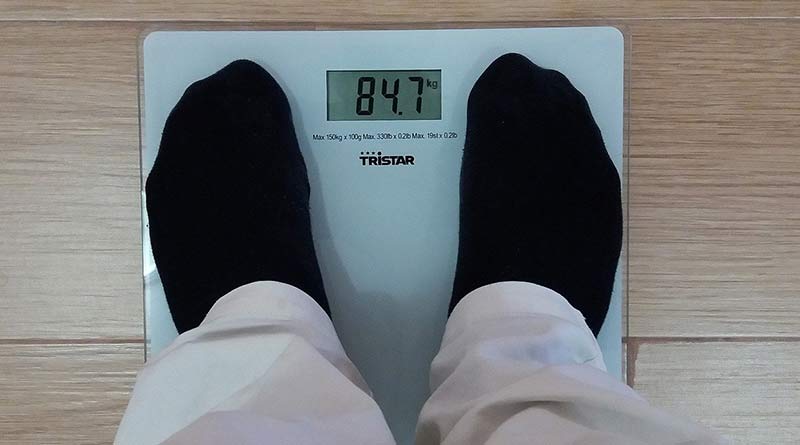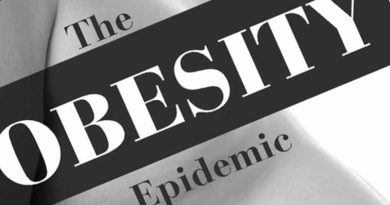Energy balance vs carbohydrate insulin model of obesity – Part 1

Executive Summary
* The standard explanation for obesity is that there is an energy imbalance. Both as individuals and populations, people consume too much energy and/or expend too little. This is known as the Energy Balance Model of obesity (EBM for short).
* Dr David Ludwig was the lead author on papers published in 2018 and 2021 about an alternative model to explain obesity. It was called the Carbohydrate-Insulin Model of obesity (CIM for short).
* In essence, the EBM holds that excess energy drives obesity. The CIM holds that hormonal responses to highly processed carbohydrates drive obesity.
* In May 2022, Dr Kevin Hall et al wrote a paper responding to Ludwig et al's 2021 CIM paper. Hall et al are proponents of the EBM.
* This week's note is the first of two parts. This week looks at the Hall et al 2022 paper. Next week looks at Ludwig et al's very recent (July 2022) response to this.
* Hall et al set out the two issues that any model of obesity needs to explain: i) why is one person obese and not another and ii) what explains global shifts in the prevalence of obesity over recent decades?
* They set out that the brain is at the centre of their EBM model and that many factors influence food intake.
* Hall et al presented evidence to undermine the CIM – at a population level, from rodent studies, and from human diet studies. Some of the points were compelling...
* However, I think that the EBM is based on some fundamental misunderstandings of the application of the laws of physics to weight and thus does not hold as an explanation for obesity.
The rest of this article is available to site subscribers, who get access to all articles plus a weekly newsletter.
To continue reading, please login below or sign up for a subscription. Thank you.




